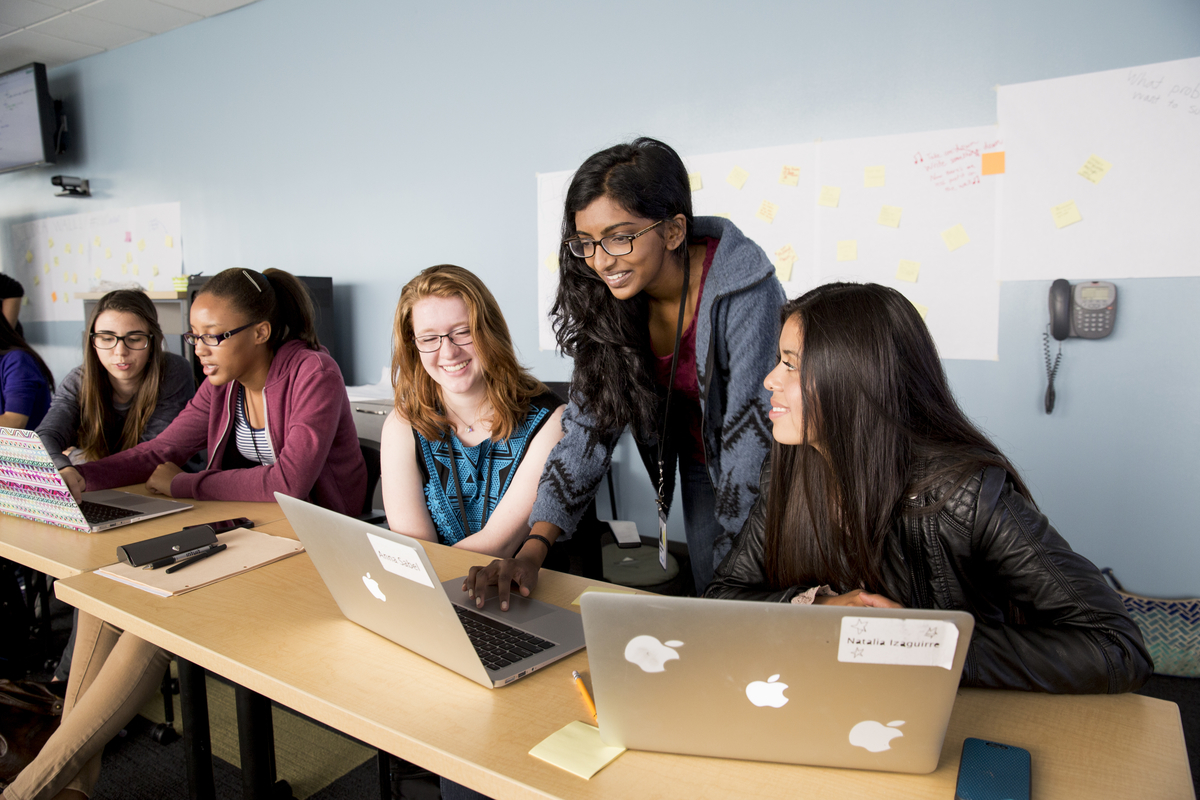As a Senior UX specialist on the InterAction product team, I have learned to manage multiple priorities and have never had two days at work that look the same.
Researching the qualitative and quantitative ways to improve our customers’ day-to-day experience while acting as an interpreter between our development and product management teams leave little room for routine. Keeping myself centred and focused while juggling a constant influx of projects and initiatives is key to providing my customers with the best possible experience. One of the ways that I keep myself grounded is through the practice of yoga. Getting my yoga certification has played an integral part in my ability to achieve this focus in all aspects of my life, including the workplace.
One of the reasons that I love being a part of the LexisNexis team is because we’re encouraged to find new and innovative ways to improve the user experience. For the past three years, in addition to my role on the InterAction team, I’ve drawn on my yoga practice during my participation in the LexisNexis Rise To Code hackathons. This two-day event that started five years ago requires intense focus and creativity. In addition, they provide our employees, as well as students from the top universities in the Triangle Area (Raleigh, Durham, Chapel Hill, and beyond) an opportunity to stretch their coding muscles and express themselves in a way that is not connected to their daily work or school projects.
Partnering with a team of software engineers, we’re able to combine our unique skills and work together as a cohesive unit to solve complex problem statements. Oddly enough, by participating in these hackathons, I’ve noticed a correlation between yoga principles and rapid software design. Much like yoga, hackathons are a practice of intense mental exercise that requires concentration, focus, and self-motivation. The end result is an unexplainable sense of satisfaction and accomplishment.
Hacking: Focus and Motivation
LexisNexis Rise To Code hackathons are special events, held at our offices on Centennial Campus at North Carolina State University. We’re divided into teams, provided all the caffeine, food, and music that we could ever want while solving for our set of problem statements. This October, LexisNexis will host its sixth annual Rise to Code hackathon. With only 125 spots available, the event is generally filled within 15 minutes of registration opening. There is even a waitlist! A broad stroke of problem statements will be defined by the hackathon leaders; this will be used by teams to choose their own adventure using block chain to create a workable solution.
As complicated as this all sounds, it’s actually an extremely creative process that requires more than just technical skill. To excel at a hackathon, you’ll need to effectively clear your mind and apply focused concentration to the task at hand. The results of hackathons are driven by the participating hackers and their motivations. In other words, you’re working in a team, but ultimately you’re driven by internal motivation. You get what you give. Like yoga, the success of your practice is determined by focus and driven by internal motivation. And while you may be participating in a synchronized flow class being led by an instructor, your practice is your own.
Gurus: Leaders and Mentors
During hackathons, mentors and (unofficial) team-appointed leaders serve both as guides and gurus. Not only doing the work along with their team but leading the hackers toward their ultimate destination. When hackers’ minds get lost in the complexities of a problem or motivation wanes, the leaders’ voices are what helps to bring participants back to their breath and regain focus.
When I lead a yoga class, I encounter many of the same issues that mentors and leaders face during a hackathon. The event has an element of chaos to it. Hackers are essentially cramming three weeks’ worth of thought and action into one 48-hour session. Like a crowded yoga class, students bend the body to correct specific concerns such as back pain, tight hips, or stress. Much the same way during a hackathon, hackers bend rules and convention to solve complex technical problems. In both cases, this takes instruction, support, practice, focus, and some trial and error. With the right balance, participants can reach an almost transcendental state. There is no real rhyme or reason to when this occurs but it’s this state of “flow” when the magic starts to happen.
Shavasana: Achieving Peace
Within a yoga practice, no matter what sequence of asanas you choose, there is a special joy, happiness, and sense of accomplishment that occurs at the end. It is called Shavasana. And to many it is the best part of the practice. The same thing can be said when solving for a technical problem that seemed impossible. The feeling can be described as “peaceful satisfaction.” Our hackathon participants experience something familiar at the end of the 48-hour practice of applying programming and development skills and dedication.
Taking complex business requirements of not only InterAction, but CounselLink, Juris, Time Matters, and PCLaw and marrying them with our LexisNexis customer needs is a complex task. It’s through focus and thoughtful practice that I’ve become a better UX designer, valuable hackathon participant, and yogi.
From: Business of Law Blog



